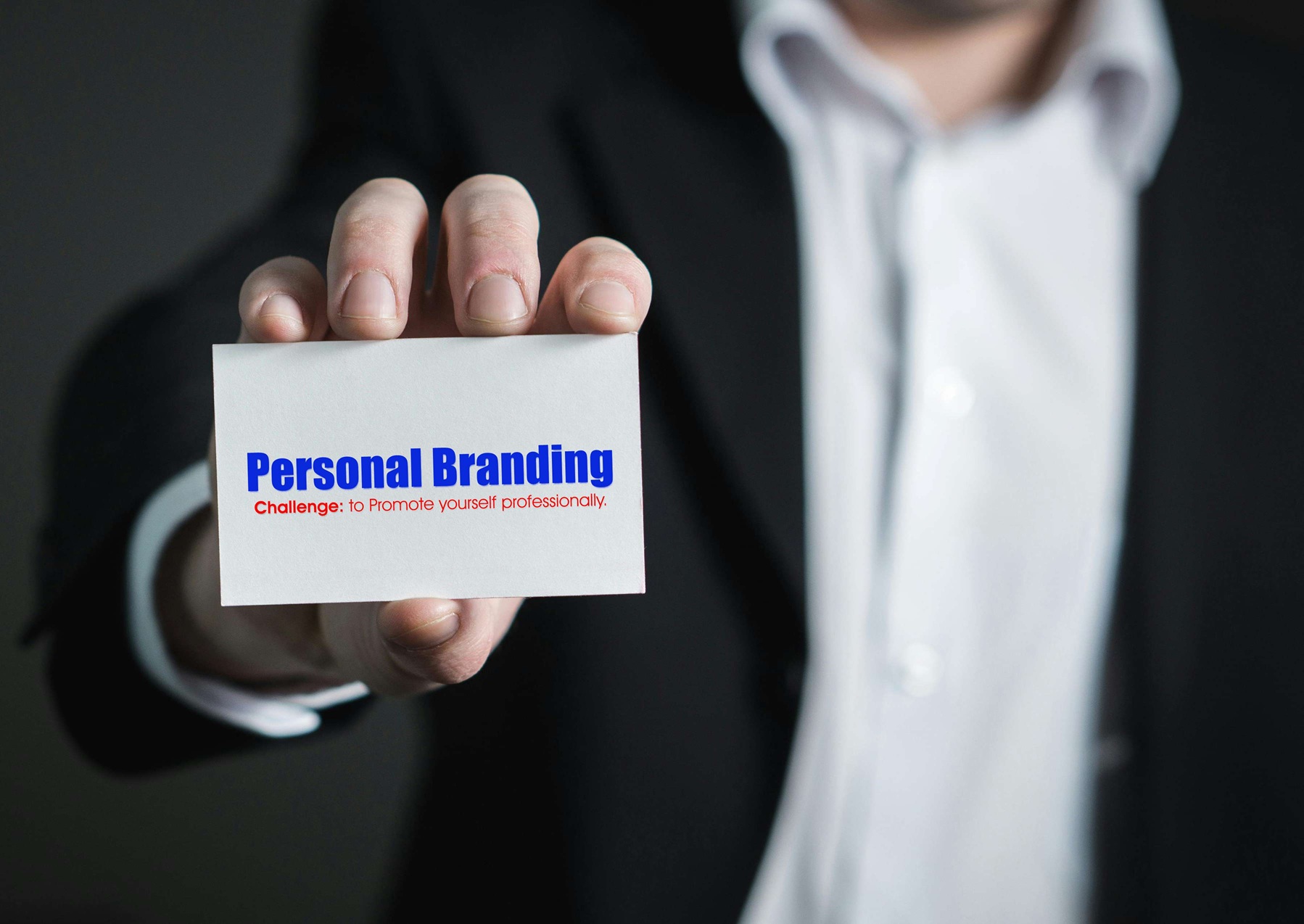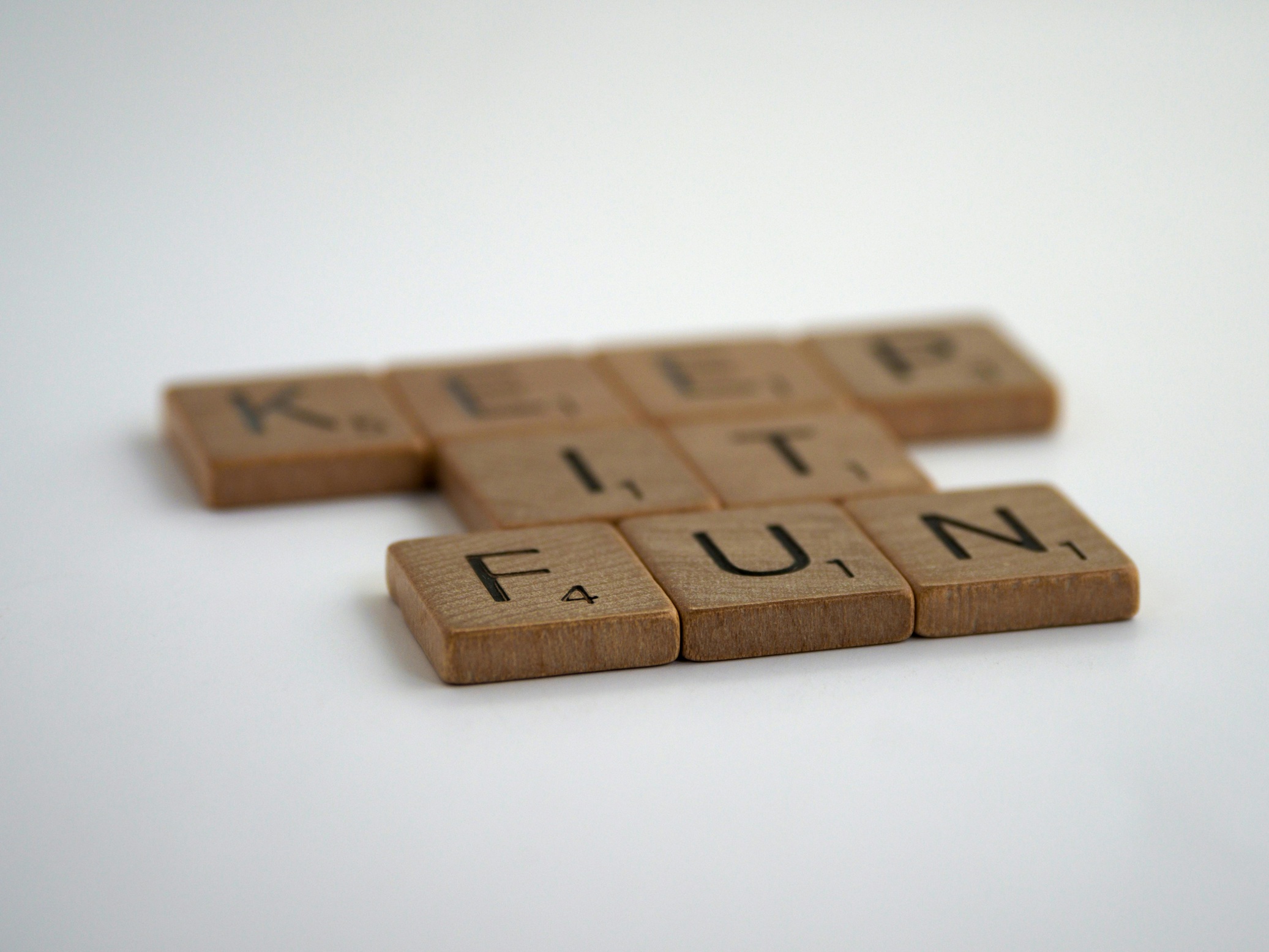From Studio to Strategy.
Great art doesn’t go far without a plan.
When I started making art, I believed the work would speak for itself. That if I just created something good—something honest and well-crafted—opportunities would follow.
But over time, I’ve learned that creativity alone isn’t enough to sustain an artistic career. Behind every exhibition, collector, or collaboration, there’s something less romantic but equally essential: strategic thinking. The ability to navigate the world not only as an artist — but as an entrepreneur.
This realization didn’t come in a single flash. It arrived slowly, through trial, error, and plenty of self-doubt. I’m not writing this from a mountaintop of success — but from the terrain of someone still learning, still building, putting one piece in place after another.
So this isn’t a “how I made it” story. It’s a “how I’m making it” story. And maybe that’s exactly what we need more of in the creative world.
“An art career is not a 100-meter race—it’s a marathon.” Karen Van Hoey Smith

The Invisible Curriculum: What Art School Doesn’t Teach You
Between brushstrokes, sculpture plans, or digital renderings, there’s a whole other set of skills artists need to thrive. I call it the invisible curriculum—the entrepreneurial toolkit no one teaches you, but which determines whether your work connects, sustains you, and continues to grow.
Here are seven principles that have reshaped my journey:
1. Turning Passion into Practice (Self-Discipline & Structure)
Creativity needs space — but also structure.
I had to learn to treat my studio like a business. That meant showing up even when inspiration didn’t, setting deadlines, and mapping out not just what I wanted to make, but how it fit into a longer arc.
“Don’t wait for the muse. Build her a calendar.”
Try this:
Schedule your week like a job. Set creative hours (at 4:00 or 22:00), admin hours, and one day a month for future planning.
2. Storytelling Is Part of the Art
People don’t collect objects—they connect with meaning.
At first, I felt awkward talking about my work. But I’ve learned that explaining why I do what I do is an extension of the work itself.
This meant digging deeper. I had to let go of parroting what others said was “the right thing,” and start defining my vision on my own terms.
Reflection Prompt:
Can you describe your work without naming medium or technique? Start with: “I create work that...”
3. Selling Without Selling Out
For a long time, “sales” felt like an awkward word to me as an artist. Now I see it differently: selling means I get to keep making.
Done with integrity, sales are not a compromise—they’re part of the creative ecosystem. Stay open to growth. Reach new audiences. And if you feel doubt creeping in, that’s often a sign you’re stretching into something meaningful.
“Selling is not separate from your art—it’s the bridge that lets it live in the world.”
4. Relationships are your real network
Art can be solitary. But success is rarely built alone.
Some of my biggest breakthroughs came through simple, consistent connection — with peers, curators, collectors, and friends.
Mini-Challenge: Print 100 business cards. Over the next two months, introduce yourself to 100 new people. Talk about your art, your work, or your vision. And if nothing immediate happens? Let that be part of the story, too. This is a long game.

5. Make Digital Tools Your Allies
Marketing. Social media. Newsletters. Websites.
Even with a marketing degree, I felt overwhelmed. These tools move fast — and at first, I didn’t know where to start.
But I’ve come to see them not as distractions, but as bridges. They’re how your inner world travels outward. They help people discover your work — and understand it.
Resources to explore:
• Notion (project planning)
• Mailchimp (newsletters)
• Later or Buffer (social media scheduling)
• Meta (of course).
6. Resilience is a Creative skill
Some exhibitions flopped. Some funding fell through. I’ve sent portfolios into silence. Still, I create.
The ability to recalibrate—to pivot without losing direction—has become one of my greatest strengths.
“This too shall pass.”
Let that mantra carry you through the dry spells.
Reframe failure: Each ‘no’ is making room for a ‘yes’ you haven’t met yet.
7. Vision is the True North
Visibility and income matter. But over time, alignment matters more.
Getting clear on what you value, the kind of life you want to build, and the experience you want to offer through your work—that clarity helps every decision feel more grounded.
Keep one eye on the horizon, even while working in the now. Let your values chart the course.
Still Becoming
There’s no final arrival point—no moment where you’ve “made it” and the growth stops. And maybe that’s the beauty of the creative path. We evolve — in our art, our skills, and our sense of self.
I don’t have all the answers. But I know this:
Blending artistic vision with entrepreneurial strength is one of the most powerful things we can do — not just to survive, but to grow.
If you’re navigating the same messy, beautiful terrain, you’re not alone. I hope this reflection helps you feel more grounded, equipped, and ready—not just in the studio, but in your strategy and life too.

Want to Go Deeper?
Explore more tools and reflections on my blog:
🔗 Roberto Sayas Art-Personal Blog
Recommended Reading:
• Good Art does not sell Itself - ShirleyAnn O'Neil & Laura O'Hare
• Start with the WHY - Simon Sinek
• Securing Gallery Representation – ShirleyAnn O'Neil & Laura O'Hare
Free Tools to Explore:
• Canva – For building a clean portfolio or visual pitch deck
• ConvertKit – Artist-friendly email marketing
• The Creative Independent – Interviews and essays by working artists